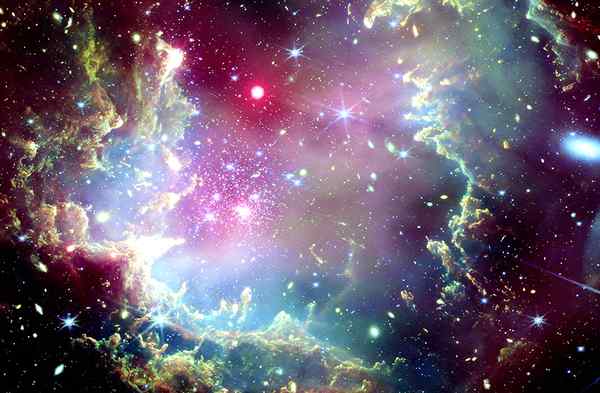Dark Stars

- 07 Oct 2025
In News:
Recent astronomical observations have provided evidence for the existence of “dark stars,” a hypothesized class of the earliest stars in the universe. Unlike conventional stars powered by nuclear fusion, dark stars are thought to derive their energy from dark matter annihilation.
What Are Dark Stars?
- Dark stars are believed to have existed in the early universe and may represent the first phase of stellar evolution. These stars are immense, potentially 400 to 200,000 times larger and 500 to 1,000 times more massive than the Sun. Despite their size, they are not very hot because their energy source is dark matter heating rather than nuclear fusion.
- Unlike ordinary stars, dark stars are giant, puffy clouds rather than compact objects. They could shine as brightly as an entire early galaxy, emitting gamma rays, neutrinos, and possibly antimatter, but remain largely invisible in visible light. This explains why they have remained undetected until recent observations.
Recent Discoveries:
Data from the James Webb Space Telescope (JWST) has identified four candidate dark stars whose light profiles align with theoretical predictions for supermassive dark stars. If confirmed, these findings could:
- Explain the presence of unusually bright objects in the early universe.
- Offer insights into the formation of the first supermassive black holes, a longstanding puzzle in cosmology.
Significance for Cosmology:
Understanding dark stars provides crucial insights into:
- The role of dark matter in early stellar evolution.
- The transition from the first stars to the formation of galaxies and black holes.
- The evolution of the universe’s luminous structure in its formative stages.
